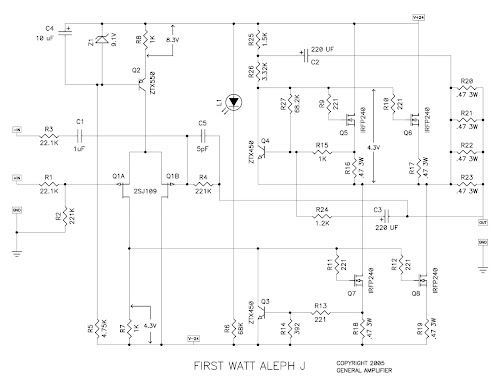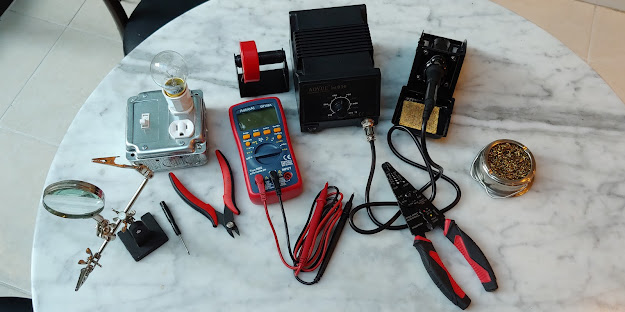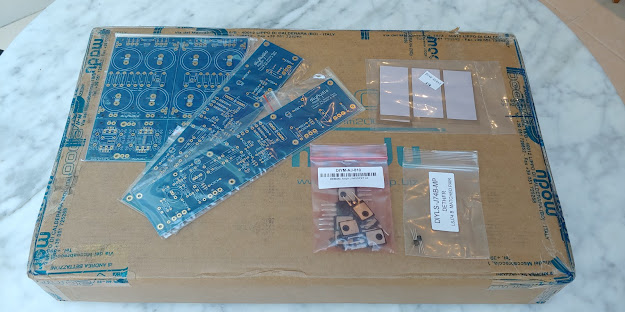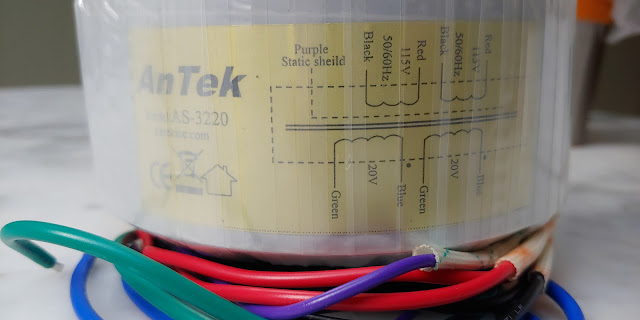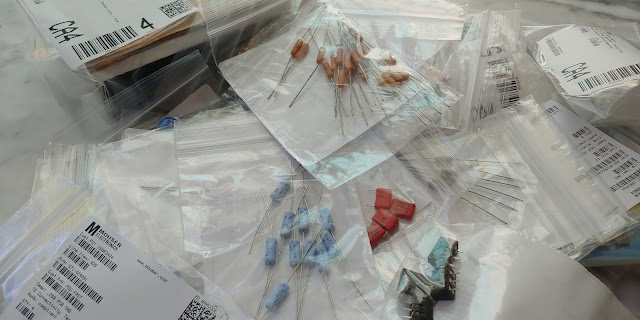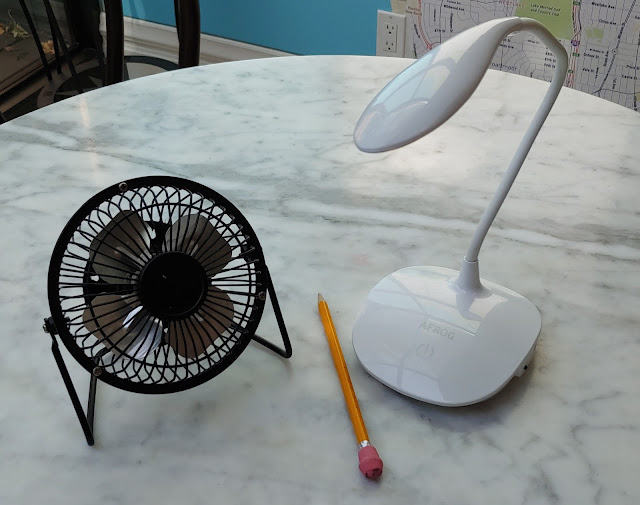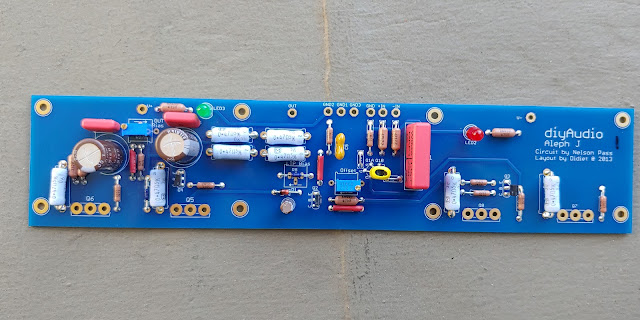Introduction: What Is This and Who Is It For?
First Watt's Aleph J amplifier This blog is meant to be a (relatively) step-by-step guide for (relatively) inexperienced hobbyists ("noobs") interested in successfully building an Aleph J stereo audio amplifier. The project and this blog is possible only thanks to the contributions of talented and generous folks who hang out at the DIYAudio forums. In fact, before this journey is over, you'll likely have become very, very familiar with DIYAudio , especially the Pass Labs sub-forum and the many threads devoted to the Aleph J. What is an Aleph J amplifier? Good question! The Aleph J is a low-power (25 watts into 8 ohms), single-ended, class A, solid-state, stereo amplifier dreamt up by legendary amplifier designer, Nelson Pass . Originally produced as a commercial product by First Watt , Mr. Pass subsequently invited hobbyists to build their own, contributing schematics and know-how in the DIYAudio forums. What makes the Aleph J special? The short answer is tha
